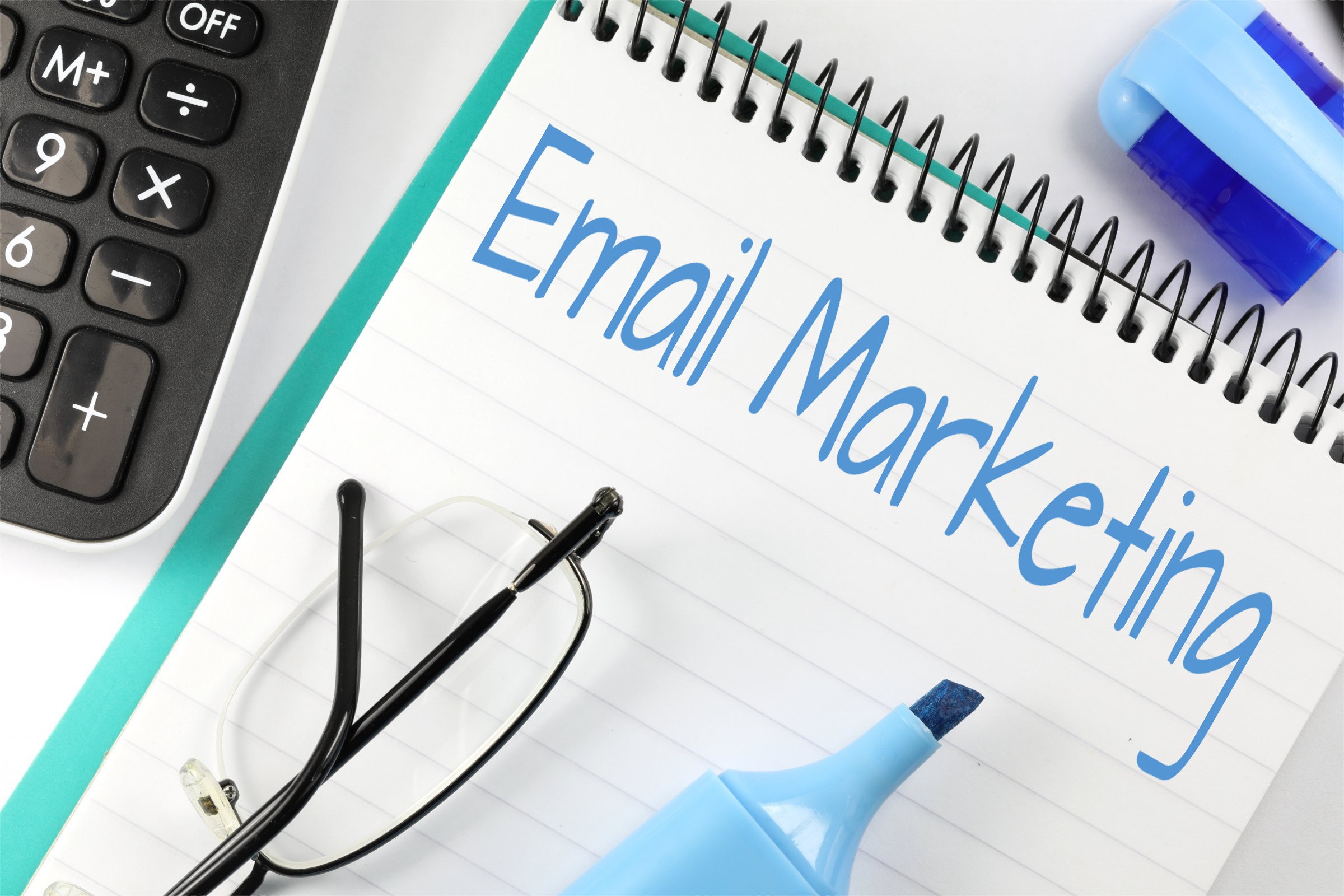Maximizing Customer Engagement with Drip Marketing

Drip marketing is a highly effective strategy that allows businesses to nurture relationships with their customers through a series of targeted and personalized messages. Unlike traditional marketing methods which bombard customers with one-time promotions or advertisements, drip marketing takes a more nuanced approach. It involves sending out a sequence of automated emails or other forms of communication over an extended period to gradually build engagement and trust. One key advantage of drip marketing is its ability to deliver tailored content based on specific customer behaviors or preferences. By segmenting the audience and crafting messages according to their interests or interactions with the brand, businesses can ensure that each customer receives relevant information at the right time. This personalization not only strengthens the relationship between the business and the customer but also increases the likelihood of conversions and future engagement.
Another aspect that sets drip marketing apart is its focus on consistency and continuity. Instead of relying on sporadic promotional efforts, drip campaigns maintain regular contact with customers, keeping your brand top-of-mind even when they are not actively seeking your products or services. This consistent presence establishes trust and helps nurture long-term customer loyalty. In today’s competitive market where retaining customers is as important as attracting new ones, implementing a well-thought-out drip marketing strategy can be crucial for maximizing customer engagement. By leveraging personalized content and maintaining regular communication, businesses can build strong relationships that drive revenue growth while keeping their brand front and center in consumers’ minds.
Understanding the Customer Journey

Understanding the customer journey is crucial for maximizing customer engagement and implementing effective drip marketing strategies. The customer journey encompasses every touchpoint and interaction a consumer has with a brand, from the initial discovery to their decision-making process and beyond. By gaining a deep understanding of this journey, businesses can tailor their marketing efforts to meet their customers’ needs at each stage. One key aspect of understanding the customer journey is identifying potential pain points or barriers that may hinder a smooth progression. These can include factors like website navigation issues, lack of personalized content, or ineffective communication channels. Addressing these pain points not only enhances the overall user experience but also improves customer satisfaction and loyalty.
Gaining insights into what motivates customers at different stages of their journey can greatly impact engagement levels. For instance, customers in the early awareness stage may respond better to educational content that helps them understand how your product solves their problems. On the other hand, customers in the decision-making phase might require more persuasive messages or targeted discounts to nudge them towards making a purchase. Understanding the customer journey is vital for successful drip marketing campaigns as it allows businesses to address pain points and offer relevant information and incentives at each stage. With this knowledge in hand, marketers can create personalized experiences that resonate with customers on a deeper level and maximize engagement throughout the entire buying process.
Personalization and Segmentation Strategies
In today’s crowded digital landscape, personalization and segmentation strategies have become imperative for businesses looking to maximize customer engagement. While generic marketing campaigns may reach a wide audience, they often fail to make a meaningful connection with individual customers. By leveraging data-driven insights and advanced automation tools, businesses can tailor their messages and offerings based on specific customer preferences and behaviors. An effective personalization strategy goes beyond simply addressing customers by their names in emails; it involves understanding their unique wants, needs, and motivations. Segmenting the customer base into distinct groups allows businesses to create targeted messages that resonate with different buyer personas. This level of customization not only enhances the overall customer experience but also increases the likelihood of conversions and repeat business.
Personalization doesn’t stop at initial interactions but should be an ongoing process throughout the entire customer journey. By continuously analyzing customer data and refining segmentation strategies, businesses can ensure that they are delivering relevant content to prospects at every touchpoint. From dynamic website experiences tailored to individual interests to personalized product recommendations based on previous purchases, personalization is key to building long-term relationships with customers. Incorporating personalization and segmentation strategies into drip marketing campaigns is essential for companies seeking to engage customers in today’s competitive marketplace. By understanding customers on an individual level and tailoring communications accordingly, businesses can create more meaningful connections that drive loyalty and ultimately boost revenue.
Timing and Frequency of Drip Campaigns
Timing and frequency are crucial aspects to consider when implementing a drip campaign. While it may be tempting to bombard customers with emails on a daily basis, this approach can quickly lead to email fatigue and unsubscribes. Instead, it is important to find the right balance between staying top of mind and not overwhelming your audience. One way to determine the ideal timing for your drip campaigns is through testing. By sending out emails at different times of the day or week, you can gather data on when your audience tends to be most responsive. This information can then be used to optimize future campaigns and ensure that they reach recipients at the most opportune moments.
Another key factor in determining the frequency of your drip campaigns is considering the nature of your business and customer journey. For example, if you are a B2B company with longer sales cycles, spacing out your emails over a few weeks may be more effective in nurturing leads. On the other hand, if you offer time-sensitive promotions or have a high-frequency product like perishable goods, more frequent communications might be necessary. Finding the right timing and frequency for your drip campaigns requires careful consideration of your target audience’s preferences as well as aligning with the nature of your business. Through testing and data analysis, you can uncover valuable insights that will allow you to engage customers effectively without overwhelming them with excessive communication.
Benefits of Drip Marketing for Customer Engagement
One of the key benefits of drip marketing for customer engagement is its ability to deliver personalized and timely content to your audience. With the use of automation tools, you can segment your audience based on their demographics, preferences, or past interactions with your brand. This targeted approach ensures that each customer receives relevant information at the right time, increasing their engagement and reducing the likelihood of them unsubscribing. Another advantage of drip marketing is its ability to nurture leads over an extended period. By sending a series of carefully crafted emails or messages, you can build a relationship with potential customers and guide them through the buying process. This continuous communication helps keep your brand top-of-mind and encourages customers to make informed decisions when they are ready to purchase. Furthermore, by monitoring their interactions with previous messages in the drip campaign, you can track their level of engagement and tailor subsequent content accordingly. Utilizing drip marketing as part of your customer engagement strategy allows you to provide personalized and timely content while nurturing leads over time. Its automation capabilities enable efficient targeting and maximization of resources while ensuring consistent communication with your audience. By leveraging these benefits effectively, businesses can significantly enhance their customer engagement levels and ultimately drive conversions.



